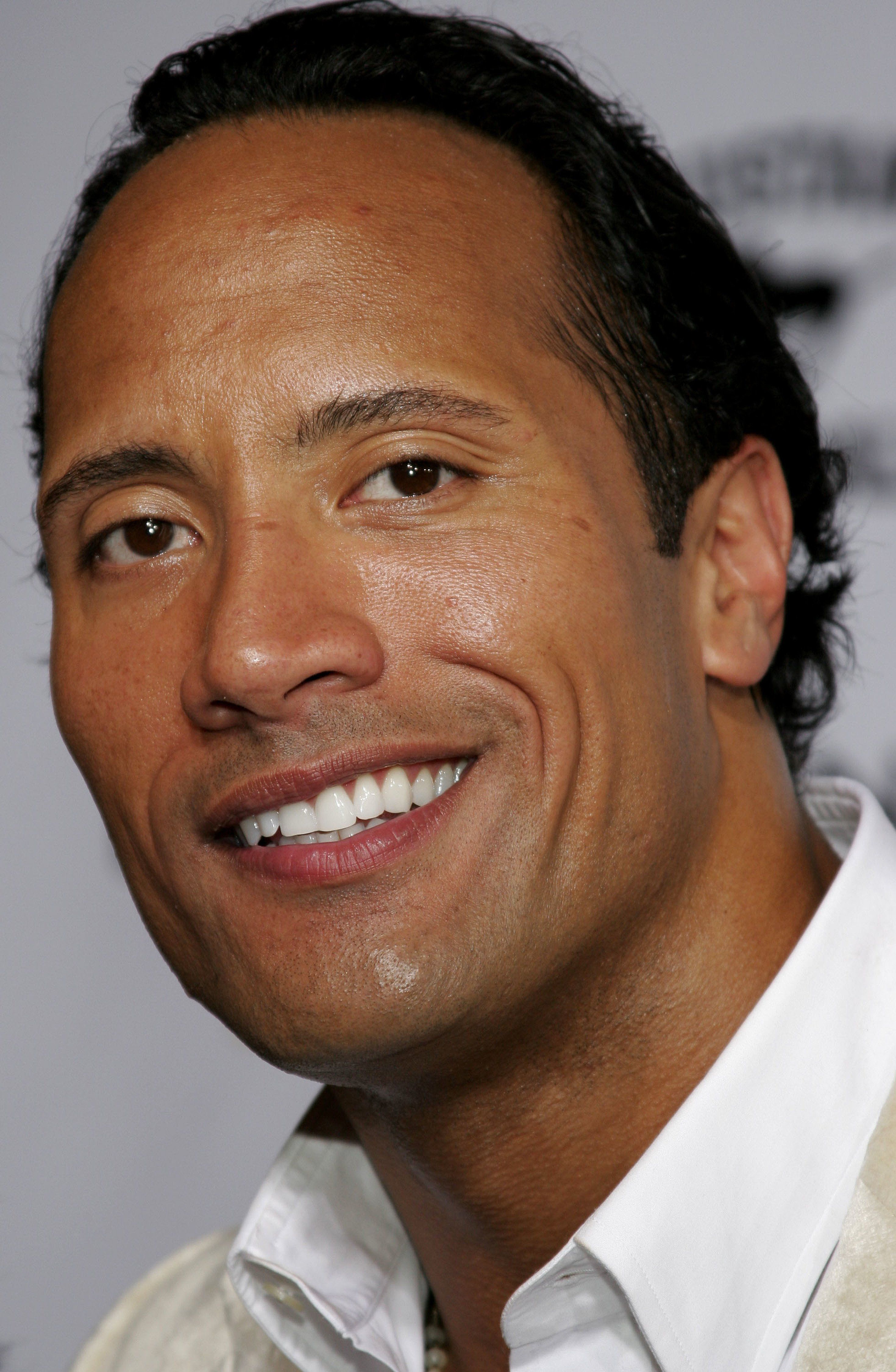The Science Of Building Leaders: Part 2

In Part 1 of my article, I spoke about my experience in General Electric developing a leadership curriculum. Aware of a missing element, I went on to develop a framework I like to call the Science of Building Leaders.
In my previous article, I began by also explaining some key areas in the leadership framework, beginning with managing stress and trauma.
Below are the subsequent key areas:
Developing moral character, intellectual character (or worldview) and performance character

In our formative years, our experiences and the people we interact with shape what we consider right and wrong. This essentially shapes our character. I like to believe there are three character dimensions:
- Moral Character
- Performance Character
- Intellectual Character/Worldview
What’s the difference and what do they all mean?
Moral character – Moral character is fundamental to be developed early. It represents character traits such as integrity, generosity, sportsmanship, justice and gratitude. Leaders who have not been developed in moral character develop deep narcissism and become very inward looking.
Performance character – This represents your ability to work hard, persevere and not give up. Researchers David Levin and Dominic Randolph outlined a number of performance character strengths critical for leadership success, which are: grit, self-control, zest, optimism and curiosity.
Worldview – Our worldview is comprised of various beliefs we have ordained for ourselves. The mind is a powerful ally or enemy. Carol Dweck, another researcher, believes that our beliefs can make or break us. One belief she emphasises is how some children believe that who they are is fixed, while others believe they are malleable and flexible. Children who have a 'fixed' mindset essentially grow up thinking they have no control over their lives, while the 'growth' mindset kids work harder to master tough, challenging situations as they have no qualms about being good or bad at a specific skill.
Martin Seligman’s book Learned Optimism states that the best time to transform pessimistic kids into optimistic ones is “before puberty but late enough in childhood” that they are capable of thinking about thinking (metacognition). At Leaderonomics, we have designed all our youth curriculum to be character-based, embedding all elements of moral, performance and intellectual character (worldview).
As parents and teachers, we need to realise that character can be moulded, taught and changed. Angela Lee Duckworth, a researcher on grit (a type of performance character), believes that:
“...habit and character are essentially the same thing. Some kids have good habits and some kids have bad habits. They know that habits might be hard to change, but they are not impossible to change.”
As parents, it is important for us to expose our child to a variety of situations, prompting them to reflect and make choices on their own, pointing out consequences, helping them understand alternatives and outcomes. Make a conscious effort to develop all three dimensions of the character component.
Values
Our values guide us as individuals in all the decisions we make in our lives. They start forming at a very young age. They get formed by observing and listening to others. Like character development, value development relies much on parents and those around us at a young age, and thus exposure to the right individuals, and/or pointing out the benefits and harms of certain behaviours and attributes would lead to intentional value development.
First leadership experiences
Taking charge of a task and a group of people allows our child to have their first leadership experiences. Whether it is being a classroom monitor, a prefect, or a leader of a school club, these experiences and interactions with higher authority, as well as learning to influence and guide a group of people towards a certain goal, allow youngsters to start building their formative leadership portfolio. Success in their first leadership role will ignite and spur them forward to take on more challenging roles.
At Leaderonomics, we develop these 'first' leadership experiences during our Leaderonomics Club sessions to ensure everyone has an opportunity to grow and be inspired to be a leader.
Intelligence development

Intelligence is different from intellectual character(worldview). Whilst character comprises mindsets and beliefs, intelligence stems from developing a love for learning and growing the brain. Reading, observing, listening and exploring build intelligence. This formative intelligence is necessary as a key element of effective leadership is decision-making, which requires heightened levels of intelligence.
First role models encountered
Children imitate people around them or people they look up to. If there are great leadership role models surrounding them, they are much more likely to aspire and perspire to be great leaders. Again, although this may seem simple, not many of us ‘manipulate’ our surroundings to ensure great role models surround the leaders we aim to groom.
Secure base

Having someone to run to when things go bad makes a child feel secure about going out and trying many new things. I learnt about the power of secure bases from former hostage negotiator George Kohlrieser. Secure bases are essential in the foundational years of one’s leadership journey as risk-taking and exploration can only be developed in a child when they have a safety net. Children can leave the comforts of their parents or teachers and go out and be challenged but know they can always return to the safe arms of their ‘secure-bases’.
'Crucible' moments
Key events in one’s life, especially the negative ones, are critical to a leader’s growth. Crucible moments can happen at any point of one’s life, and they are usually life-changing, altering the trajectory of your life. Nelson Mandela’s imprisonment, the fate of Starbucks founder Howard Schultz’s father, and the stories of numerous cancer survivors attest to the impact of crucible moments that hit us hard suddenly in life. Instead of crippling a person, depending on how one’s character has developed, and one’s values and secure bases, crucible moments can propel a person forward.
As the Science of Building Leaders is comprehensive, each piece of the puzzle requires some form of investment in time, effort and development costs.
Crucible moments are generally rough patches but those that bounce forward (not bounce back) from such situations learn and grow immensely from them. They are also moments where clarity of purpose and vision is established.
Other key areas of the science of building leaders

Figure 1. Some of the stages from character development to identity formation to growth and execution as a leader.
Although I lack the space to elaborate on the above, here are some quick notes to help you understand the space. As the Science of Building Leaders is comprehensive, each piece of the puzzle requires some form of investment in time, effort and development costs. They are:
Agency (Foundational) – Agency is the capacity to act independently, to make one’s own free choices and to make decisions quickly.
Competition (Foundational) – Competition is a double-edged sword. Healthy competition pushes competitors to new heights. The pressure of spectators and competition enhances performance.
Developing self-awareness (Emerging) – Young leaders need to learn to be humble and instill a weekly or daily self-awareness ritual. This enables them to understand their strengths and weaknesses and manage their feelings, emotions and desires. Having a clear understanding of our motives enables us to know when we are off-course and need to change gears.
Developing vision for self and clear sense of purpose (Emerging) – This phase is important in the development of a leader as it denotes the starting point of a person’s leadership journey. Once there is clarity on ‘who I am’, we can clearly start to establish ‘why am I here’ and our purpose.
Develop leadership competencies (Foundational) – Competency development can only occur once character development is solidified. This also can only take place after a person has clearly understood who they are and their personal purpose.
Practising leadership-building initial stories (Emerging) – A huge part of leadership will require storytelling. Leaders need to accumulate experiences, both success and failure stories, that will help them practise leadership and grow in the journey. This is an important phase that is neglected in many leadership development processes. Leaders must be given ‘growth’ time to learn and practise and fail and relearn.
Being mentored and being a mentor to others (Executing) – This is another crucial development process that is often neglected. Being mentored is like having a ‘secure base’ in the later stages of leadership (when our safety nets in parents and ‘friends’ are removed). It is also critical for us to give back and mentor others to ensure our legacy is passed on and others learn through us.
Having a clear leadership point of view (POV) (Foundational) – As we grow into the ‘Executing’ Stage of Leadership, we must have a clear Leadership POV. This provides clarity for decision-making and also ensures a means for us to understand what leadership actions enable us to thrive or fail.
Enhance decision-making skills (Executing) – The heart of leadership is to be able to make the right decisions at the right time and the right place. Thus, the ability to make great decisions is the final skill needed to be a successful leader. Dealing with the consequences of your decision is also key to you flourishing as a leader.
Builders of communities of love (Executing) – Great leaders always leave behind a legacy of an amazing community where there is love, joy and togetherness. Regardless of the circumstances, e.g. a community of poverty-stricken orphans, a great leader builds a community that is sustainable and will run long after the leader retires from his or her role.
There are many other elements which I have not written about at length here, and others on which I have only skimmed the surface. At Leaderonomics, our goal is to be able to support and equip every parent, teacher and counsellor to help every person become a leader. This article provides a framework but at the end of the day, much hard work and effort are required, not just from the aspiring leader but also from the community around them – from parents, teachers, bosses and current leaders. After all, it does take a village – and more – to build a leader. That is what the Science of Building Leaders is all about.
To listen to a more in depth look at our Science of Building Leaders framework, check out the podcast below:
If you haven't, read Part 1 of our Science of Building Leaders series.
Leadership
Tags: Foundational Leadership, Emerging Leadership, Executing Leadership, Research & Development
Roshan is the Founder and “Kuli” of the Leaderonomics Group of companies. He believes that everyone can be a leader and "make a dent in the universe," in their own special ways. He is featured on TV, radio and numerous publications sharing the Science of Building Leaders and on leadership development. Follow him at www.roshanthiran.com






